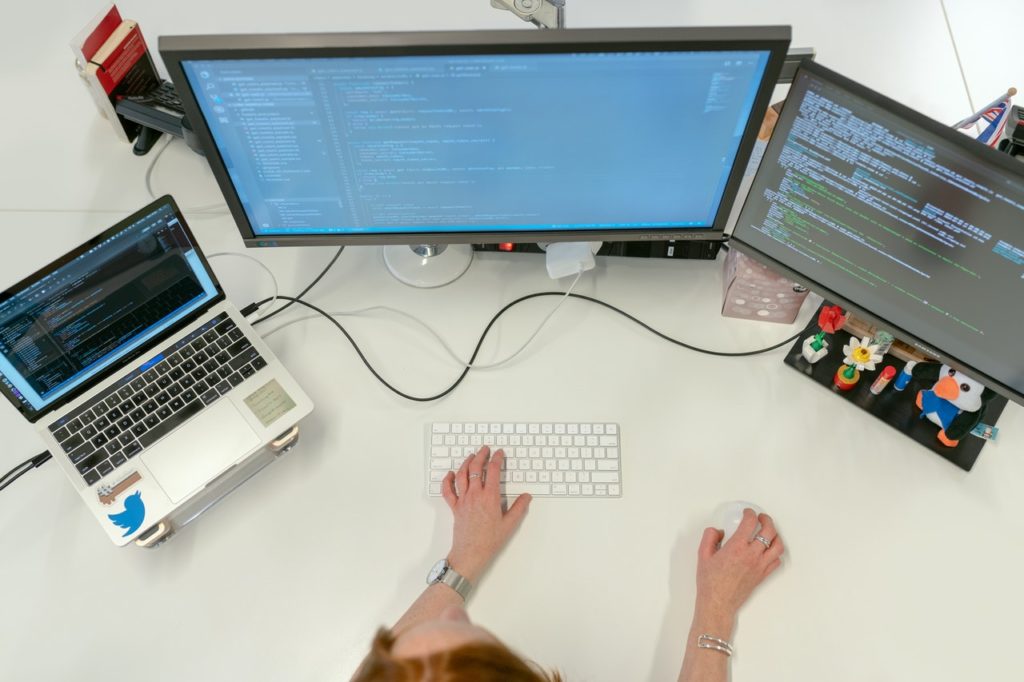CAM is an integral part of your daily life in the 21st Century. More than ever, from dentures to nuclear submarines, our modern world is founded on the elegant interactions of software, hardware and, fortunately, talented engineers.
What is CAM?
Computer-aided manufacturing is the use of computer-controlled machinery (CNC) and software to automate the development process. CAM itself stands for computer-aided manufacturing, which typically operates in conjunction with CAD (computer-aided design) to allow machines to construct artifacts directly from computer designs which software rather than manually set up machines and processes.
Machines need to be set up in the past and mostly worked manually, but CAM ensures that such processes will happen automatically, as the computers at the center of the machine’s control.
How does CAM work?
Traditional production methods are focused on engineers setting up the various machines used in the manufacturing process–often making jigs or patterns for machines to follow. The CAM system operates by replacing hand-made jigs with software, which explicitly describes a machine’s behavior and processes.
Computer-aided manufacturing software converts sketches and data into precise instructions driving automated tools/machines. This allows designers to apply designs and specifications to machines directly, without the need to manually create jigs or program machines.
A designer would usually use the CAD software on their computer to build a model or component 3D design. The program talks to CAM tools/machines to automatically set up the processes for making/tooling the physical object. Then, CAM machines will automatically manufacture thousands of identical models–reducing the time taken to manufacture them.
For what use is CAM?
In today’s world, you’d be better off asking what you can’t use CAM for. CAM is used-and can be used to produce almost any machine or tool component. Models from metal, plastic and even wood can be made with it.
Tool path designs build digital models of new designs
Manufacturing equipment that relies on numerical controls for precision cutting, forming and packaging
Management of the overall manufacturing process to improve
Performance Manufacturing and engineering design that relies on the integration and synchronization with CAM software of different machinery parts
Security of equipment. CAM is highly reliable-capable of reproducing the same processes without deviation. This will also result in cost savings, as manufacturing facilities can then ensure compliance with OSHA.
Advantages of CAM
Predictable and reliable
Flexible and flexible CAM systems will optimize the use of a wide range of production equipment like high-speed, 5-axis, multi-function and turning machines, EDM and CMM inspection equipment.
Ability to produce prototypes easily and without waste
Can help optimize NC programs for optimal machining efficiency
Can automate the production of performance reports
Incorporating various systems and processes as part of the manufacturing process
Implementation easiness as CAD and CAM applications are standardized











